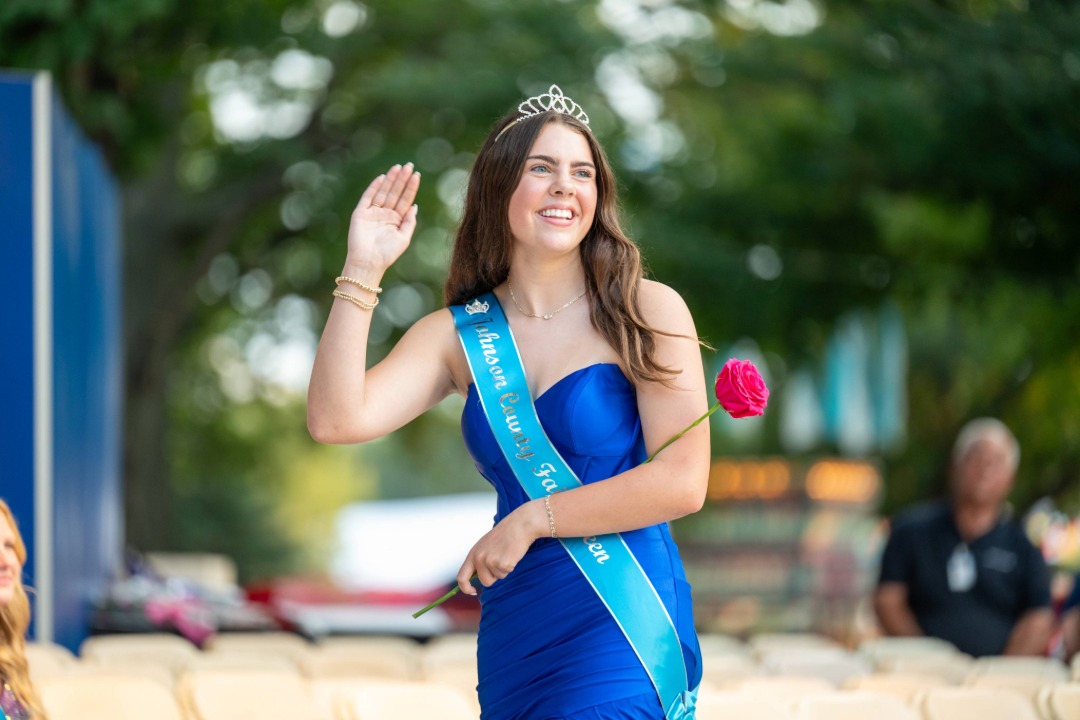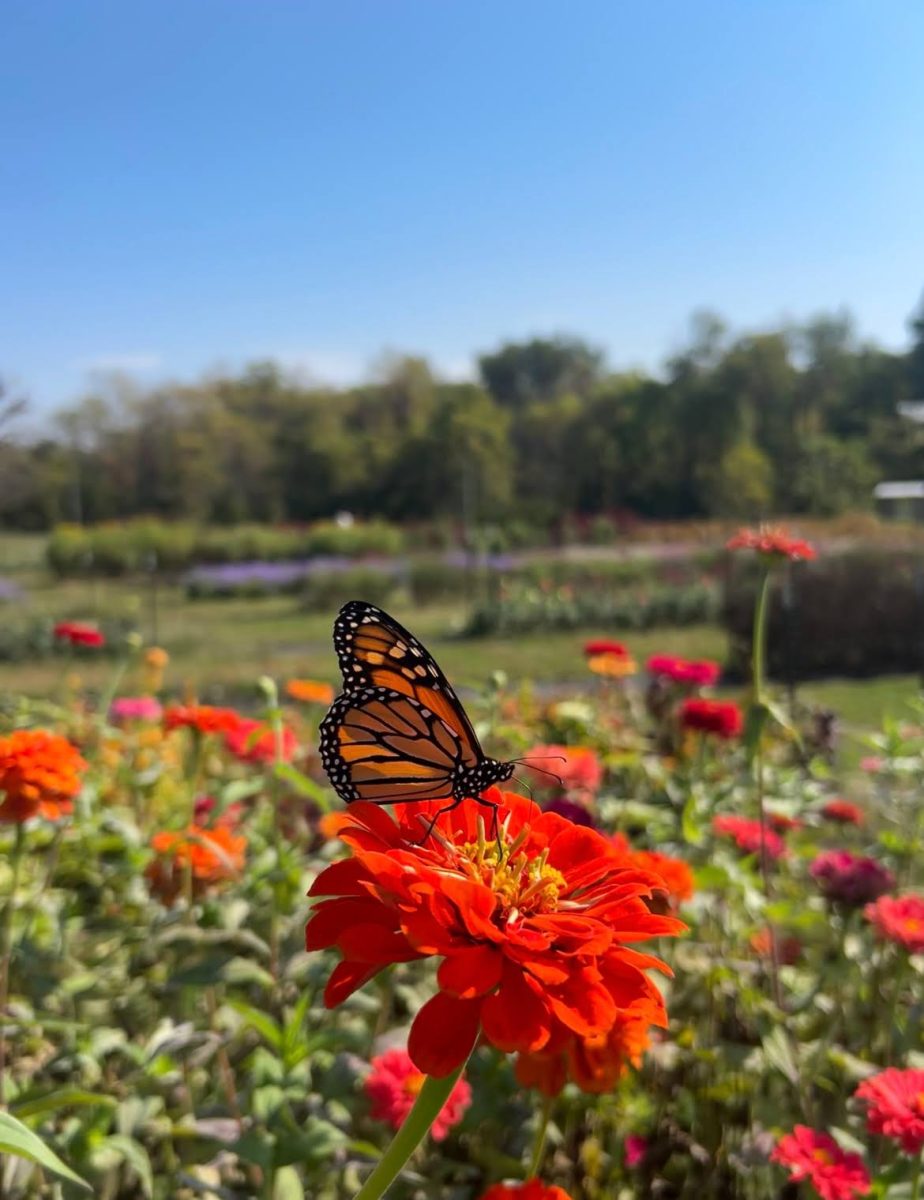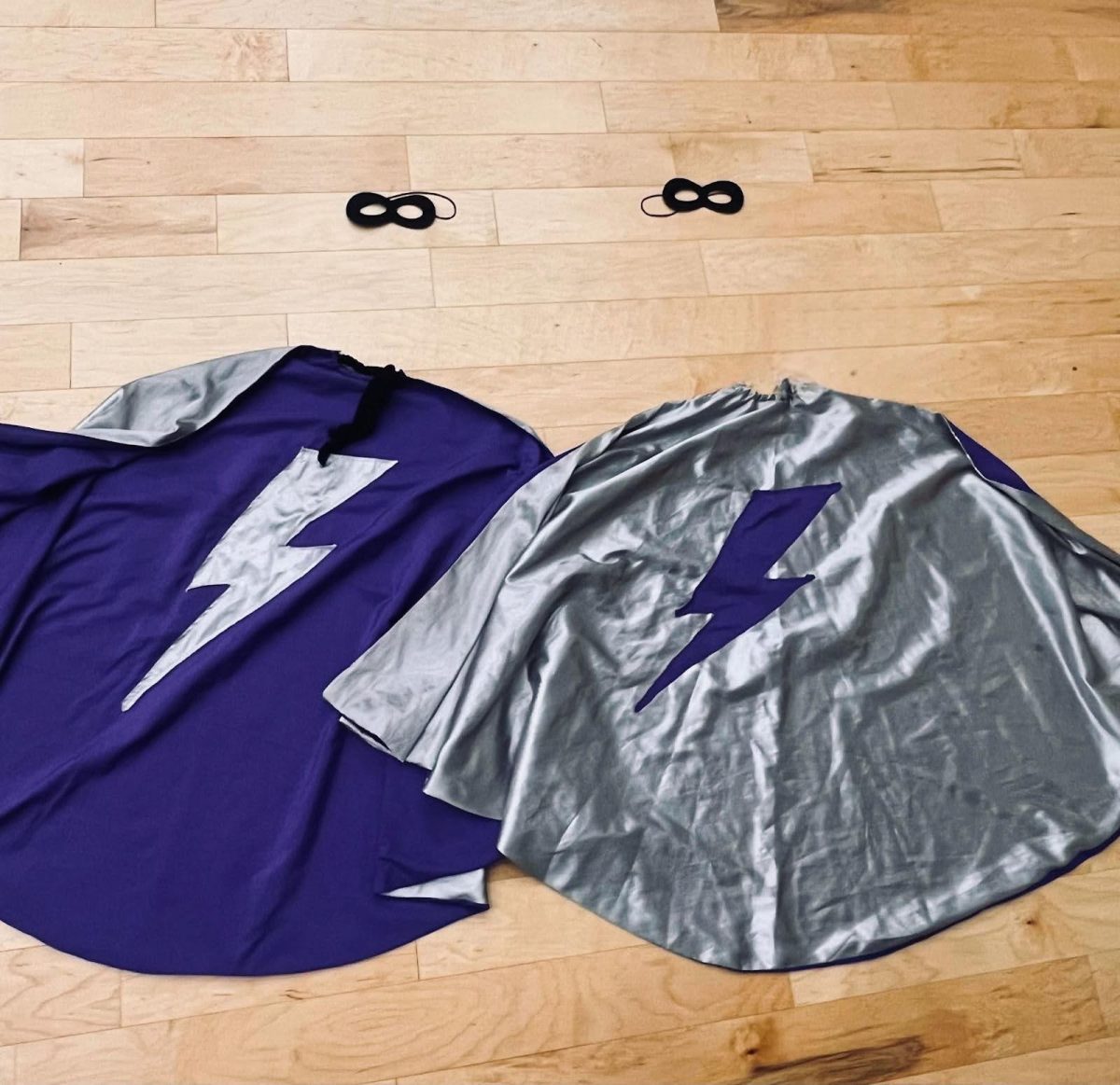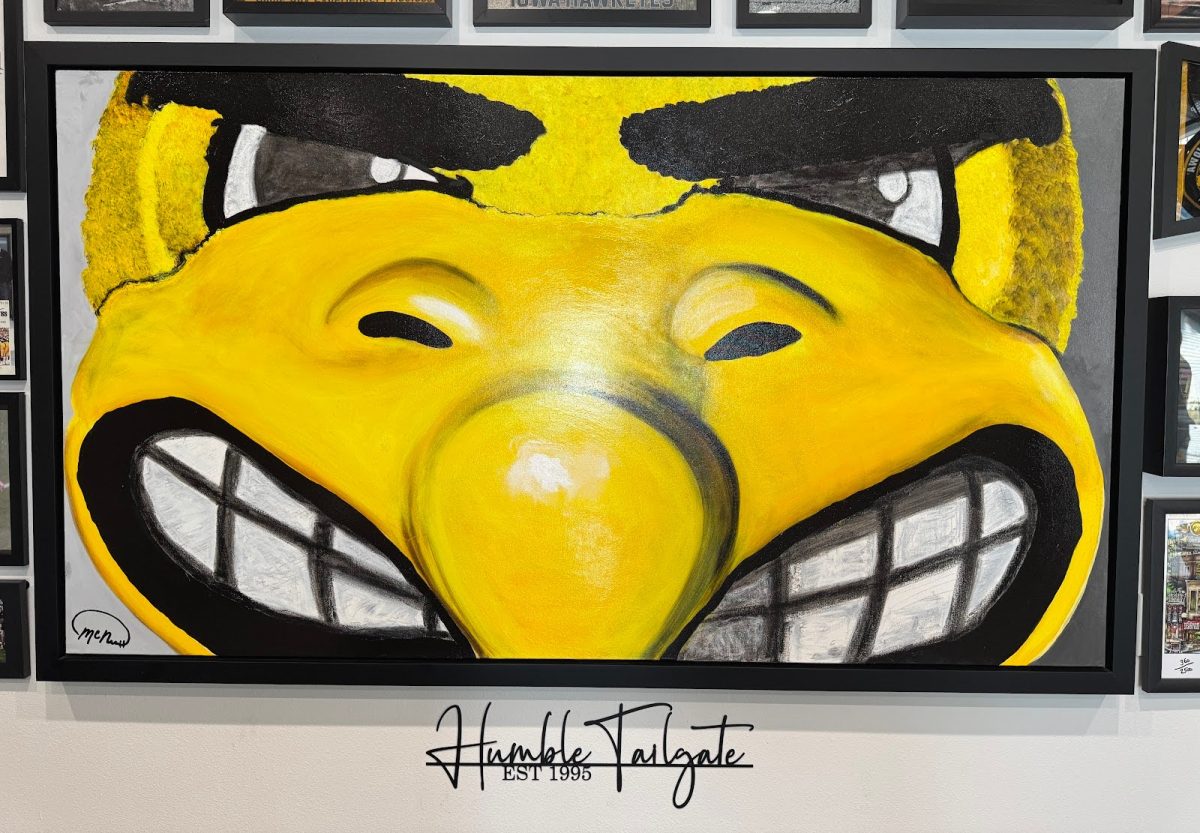
No athlete’s recruiting process looks the same. While some athletes verbally commit as young as 7th grade, others wait until their senior year to find last-minute opportunities. But there’s no true start to the recruiting process.
Rilyn Brienholt, (she/her), 12, is currently going through the recruitment process, though she hasn’t formally committed to a college yet. “I started [the recruitment process at] the end of my freshman year.”
It’s no secret that top programs recruit early, so if a student-athlete wants to play for a Division 1 school, they need to start the recruiting process early. Suppose an athlete does decide to start ahead of time, maybe freshman year. In that case, they will likely gain recruiting interest earlier than most by having a varsity or elite club video, being ranked as a top-tier recruit at a tournament or showcase or receiving prestigious awards.
Brienholt explains, “I have seen more recruiters at club showcases. There are specific tournaments for soccer that are for the recruitment process.”
Andrew Olthoff, (he/him), 12, has committed to Upper Iowa University to play baseball. “I had a couple of schools reach out to me after my sophomore year just to let me know that they are showing interest in me and they will be following me during my junior season.”
This motivated Olthoff to keep working in order to get recruited.
“Going into my junior year I knew it was going to be my most important year for recruiting so I could get the scholarships that I was looking for. So I was thinking about that all offseason which gave me motivation to work even harder than I have in past years.”
This work eventually paid off.
“Right after the season the pitching coach at Upper Iowa reached out to me… and he asked me if I wanted to come up for an official visit. I went up there a few weeks… after [the visit] was done, I met with the head coach who then offered me a scholarship to play baseball for them.”
Once athletes begin receiving general recruiting materials, they can fill out questionnaires, mentioning their high school or club coach, and email college coaches at schools they are interested in attending.
College coaches can watch an athlete in person or visit their school. Olthoff recalls, “I had some baseball recruiters at almost all of the games I pitched.”
During this time, student-athletes usually focus on highlighting and recruiting videos, attending camps, showcases and tournaments, and college visits.
College coaches have different needs for their rosters depending on the level of competition, open positions, academic requirements and more. Some may put more emphasis on certain categories than others.
At Liberty, the athletic department reaches out in October to see who would like to participate in signing day for the fall, and then a date will be set up in Nov. The process is repeated for Feb. and April signings.
Olthoff says, “At the end of the day, I found exactly where I wanted to go.”









